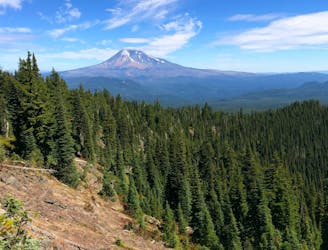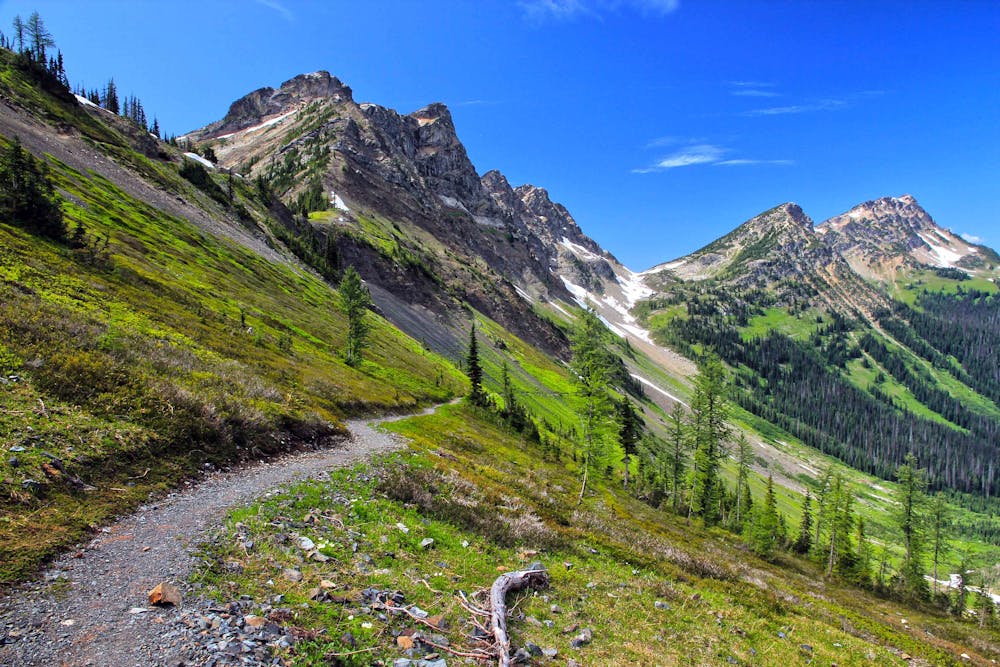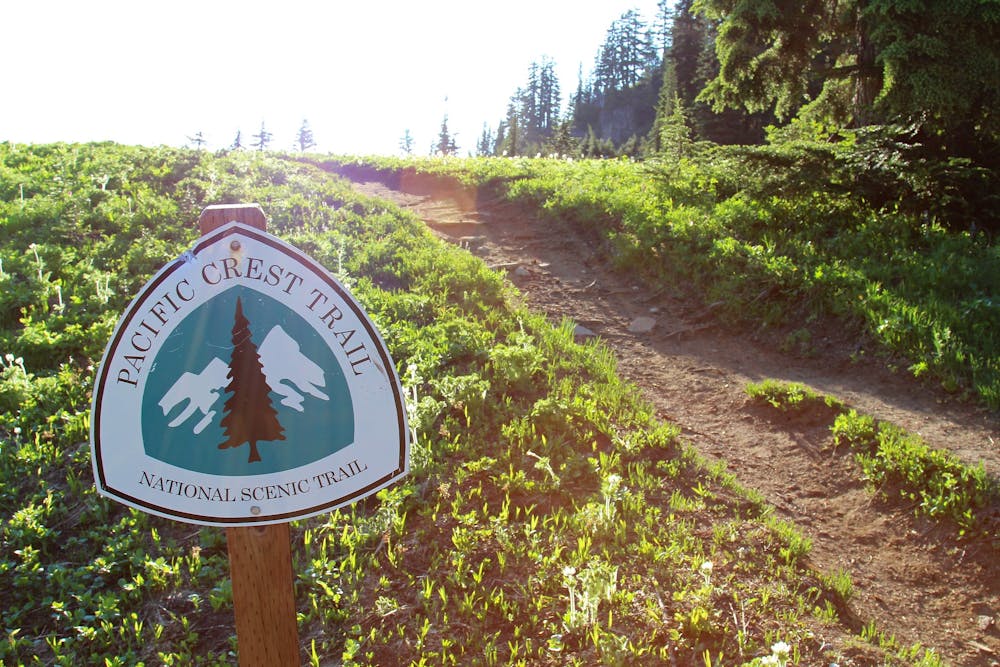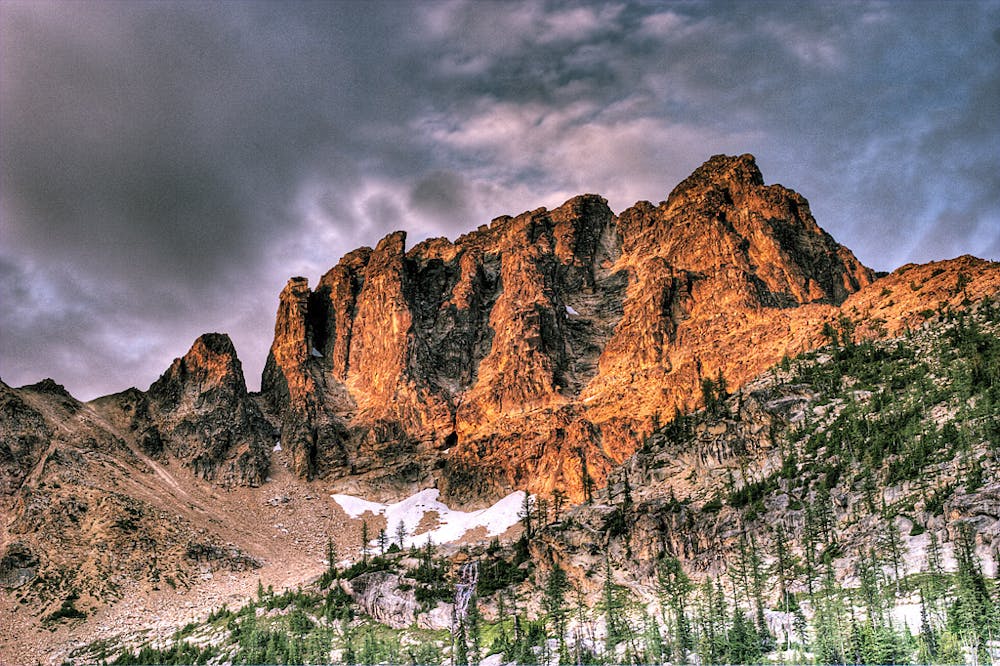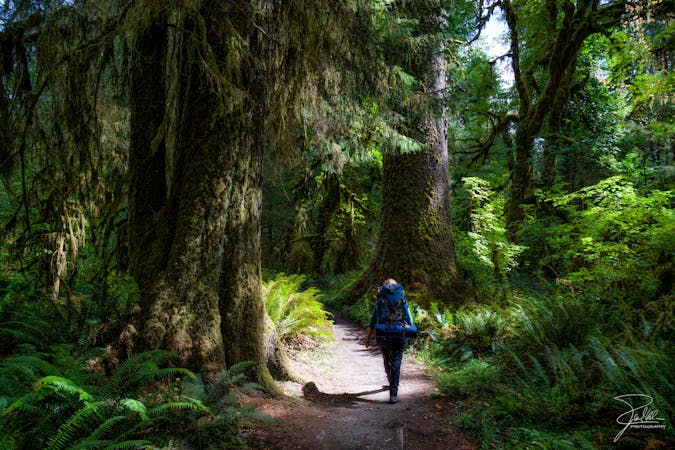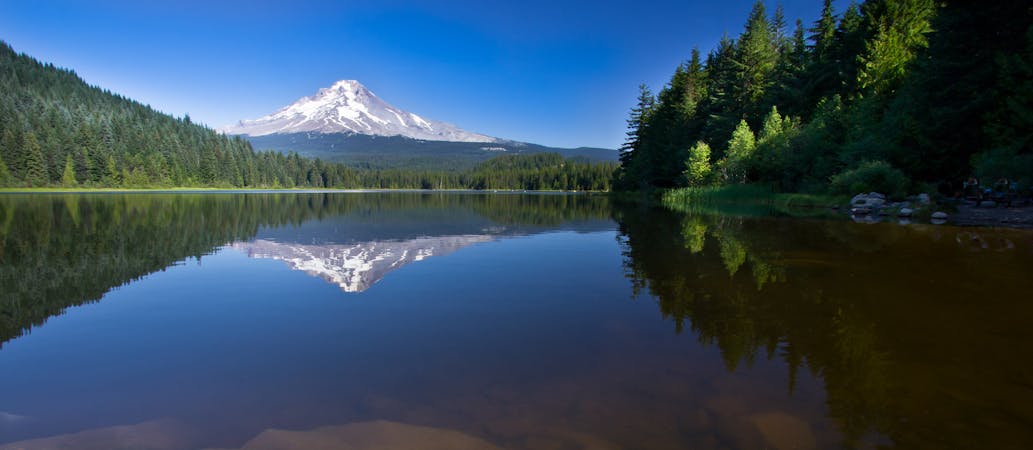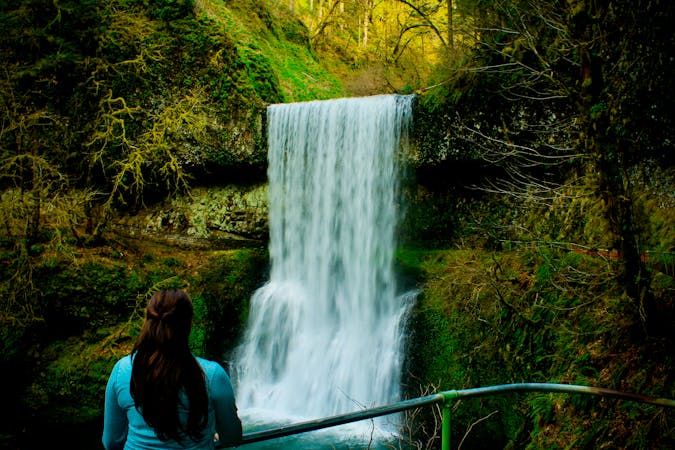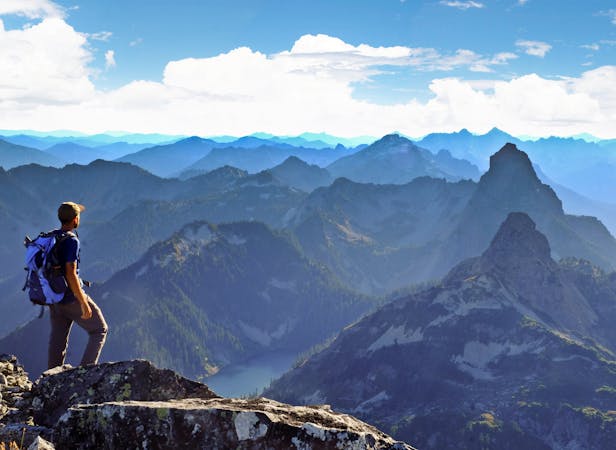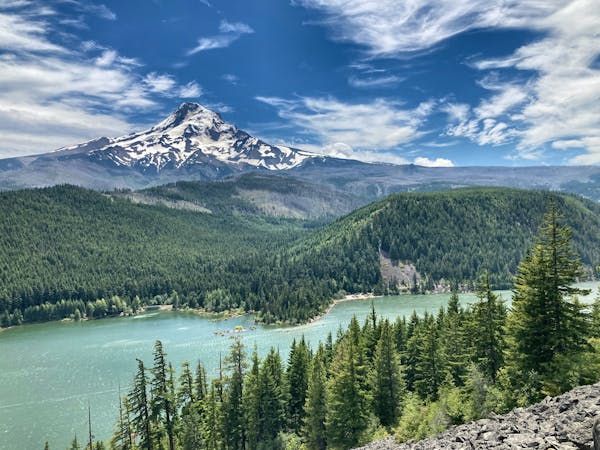Through hiking the entire Pacific Crest Trail would dominate the majority of a year, making it a difficult endeavor for most hikers to even get that amount of time off of work. Tackling a shorter section of the PCT can still make for an epic adventure, and many hikers choose to break the trail down by state. Even though Washington and Oregon aren't nearly as long as California, the Washington section of the PCT still covers a whopping 487 miles of ground!
The Washington Section is dominated by towering trees and rugged mountains: the North Cascades. This mountain range provides one of the most difficult challenges found on the Pacific Crest Trail. "Not only is the North Cascades Range rugged, it is the wettest along the route, lying in a storm track most of the year," according to the Pacific Crest Trail Association. "This precipitation has produced about 750 perennial snowfields and small glaciers, which collectively account for about half the snowfield area in the lower 48 states," they continue.
While the North Cascades aren't nearly as high as the Sierras, backpackers will still cross several high passes and traverse high mountain ridges. "Lakeview Ridge (elev. 7,126′) is the highest and is located only eight miles before the Canadian border," according to the PCTA.
Completing all 487 miles of the Washington section of the Pacific Crest Trail is a worthy accomplishment that any backpacker can be proud of!
Sources:
https://fatmap.com/routeid/39877/PacificCrestTrail
https://www.pcta.org/discover-the-trail/geography/washington/
